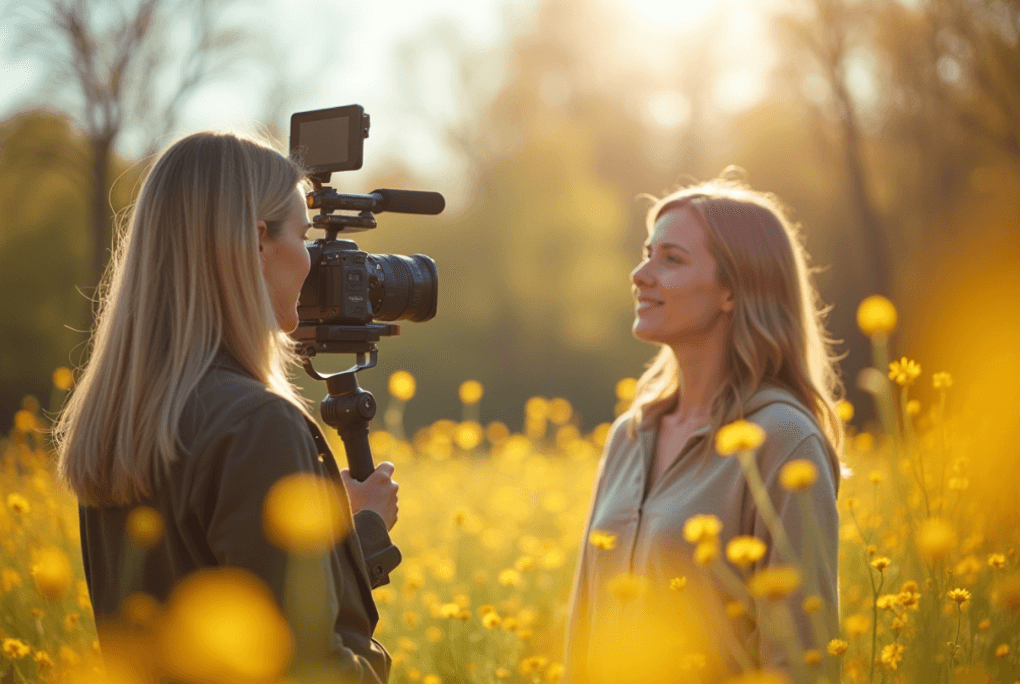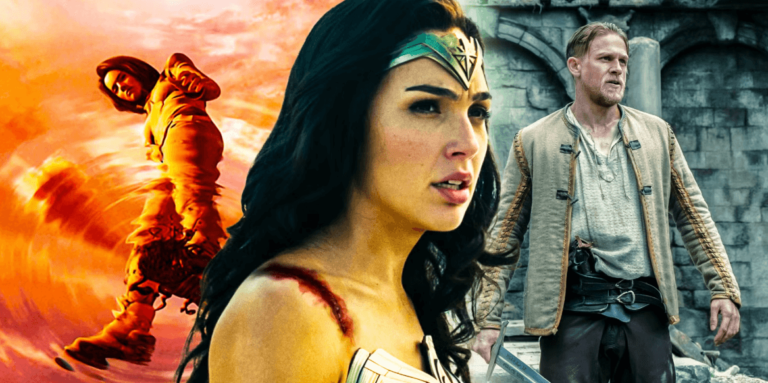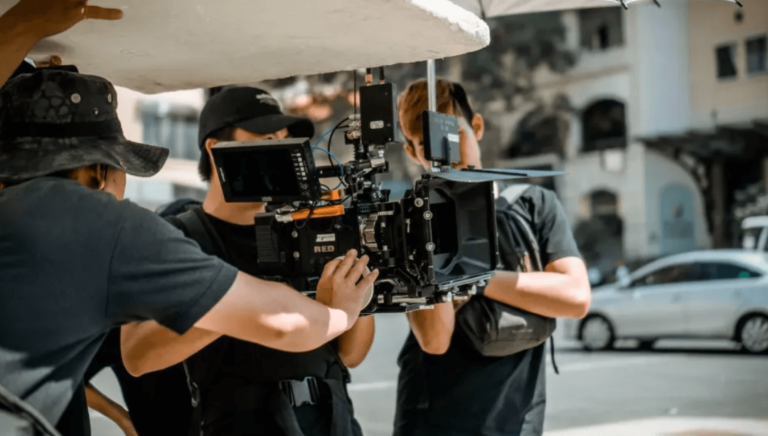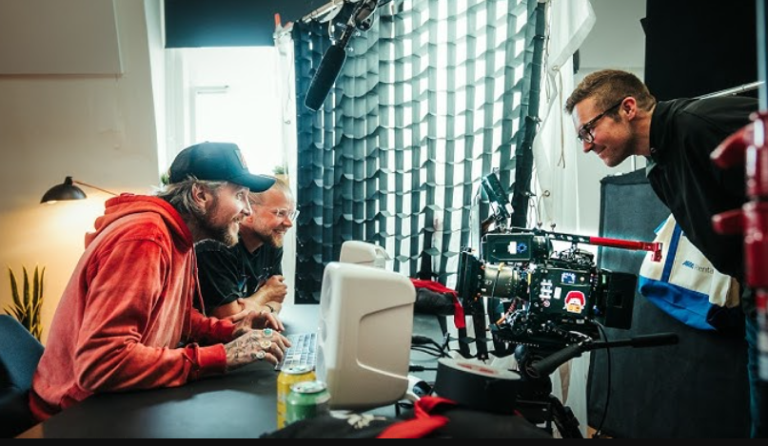Exploring Cinematography: How Camera Work Tells a Story

Cinematography serves as a vital language in film, where every choice in camera work shapes narrative perception. Camera angles manipulate power dynamics, while framing directs emotional focus. The interplay of light sets the atmosphere, influencing audience reactions. Additionally, movement introduces rhythm that resonates with the storyline’s essence. This intricate web of techniques invites further exploration of how visual elements convey deeper meanings within cinematic narratives. What lies beneath these choices?
The Impact of Camera Angles on Narrative
How do camera angles shape the viewer’s perception of a narrative?
High angle shots can diminish a character’s power, while low angle shots elevate their stature, influencing audience empathy.
Point of view perspectives immerse viewers in the character’s experience, forging a connection.
Over the shoulder angles create intimacy in dialogue, guiding emotional engagement.
Each choice intricately crafts the narrative, shaping understanding and interpretation.
See also: Behind the Scenes: How Movies Are Made From Script to Screen
Framing and Composition: Guiding the Viewer’s Eye
Framing and composition serve as critical tools in cinematography, directing the viewer’s gaze and shaping their understanding of the narrative.
By establishing visual balance and manipulating spatial relationships, filmmakers guide attention to essential elements within a scene.
This artful arrangement not only enhances storytelling but also invites deeper emotional engagement, allowing audiences to explore the nuances of the cinematic experience freely.
The Role of Lighting in Creating Mood
Although often overlooked, lighting is a fundamental component of cinematography that significantly influences the mood and tone of a film.
Through various lighting techniques, filmmakers manipulate color temperature and shadow play to enhance ambiance creation.
Natural lighting offers authenticity, while artificial sources provide visual contrast, ultimately shaping emotional resonance and guiding the audience’s experience.
Thus, effective lighting is essential for storytelling in cinema.
Movement and Rhythm: Enhancing the Story Through Motion
As filmmakers orchestrate movement within a scene, they craft a rhythm that resonates with the narrative’s emotional core.
Dynamic transitions between shots enhance visual storytelling, guiding the audience’s emotional journey.
Through deliberate camera movements, such as tracking or panning, filmmakers evoke a sense of urgency or tranquility, reinforcing the story’s themes and allowing viewers to engage more deeply with the unfolding drama.
Conclusion
In conclusion, cinematography serves as the silent architect of storytelling, where every angle, frame, and flicker of light contributes to the emotional tapestry of the narrative. Just as a painter skillfully wields a brush to evoke profound feelings, so too does the cinematographer manipulate camera techniques to draw viewers into the heart of the story. Ultimately, it is through this intricate dance of visual artistry that the audience is invited to not just observe, but to feel.



